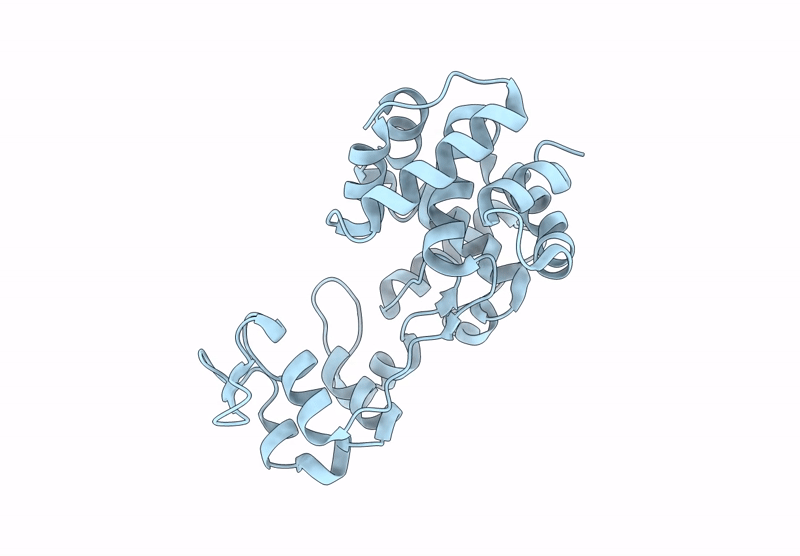
Deposition Date
2023-12-09
Release Date
2025-04-23
Last Version Date
2025-04-23
Entry Detail
PDB ID:
8XCL
Keywords:
Title:
Character of TseP: a dual functional effector of type VI secretion system
Biological Source:
Source Organism:
Aeromonas dhakensis (Taxon ID: 196024)
Host Organism:
Method Details:
Experimental Method:
Resolution:
2.27 Å
R-Value Free:
0.22
R-Value Work:
0.18
R-Value Observed:
0.18
Space Group:
C 2 2 21


